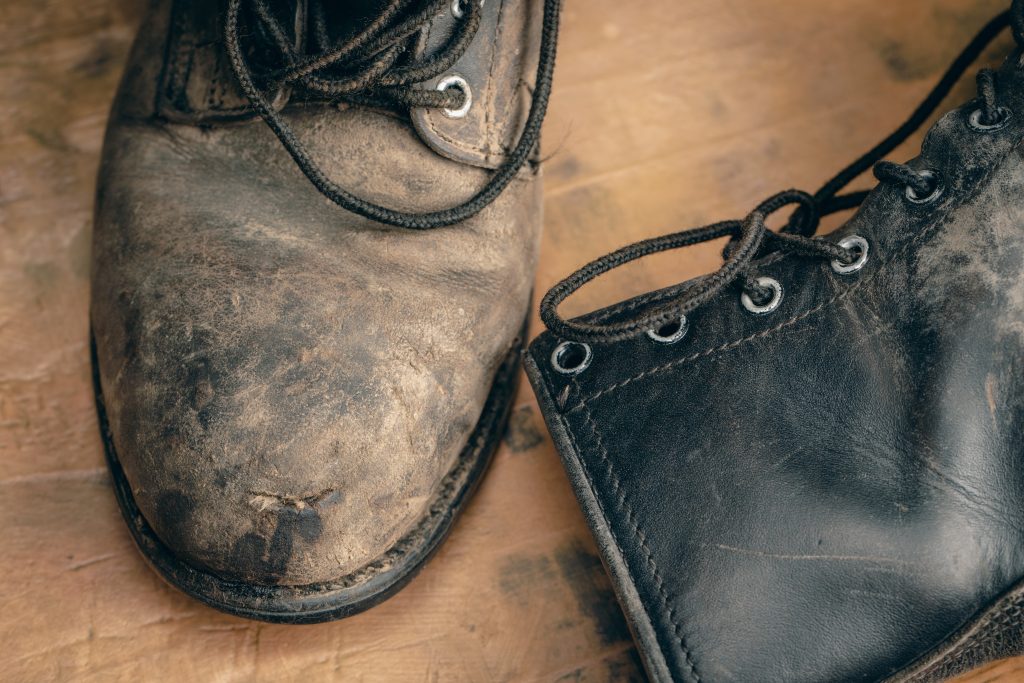1. What is the Most Breathable Shoe Material? | Truth Revealed
Introduction
Breathable Shoe Material! When it comes to footwear, comfort is key. One of the crucial factors that contribute to the comfort of your shoes is breathability. Nobody wants sweaty, uncomfortable feet, especially during hot summer days or intense workouts. In this article, we will explore the world of shoe materials and find out which one reigns supreme in terms of breathability.

Understanding the Importance of Breathability
Before delving into the specifics of breathable shoe materials, let’s understand why breathability matters. When your feet sweat, moisture accumulates inside your shoes. This can lead to a host of problems, including bad odor, blisters, and even fungal infections. Breathable shoes allow air to circulate, helping to keep your feet dry and comfortable.
The Contenders: Materials for Breathable Shoes
What is the Most Breathable Shoe Material?
1. Mesh Fabric
- The Lightweight Champion
Mesh fabric is a popular choice for sports and casual shoes. It consists of an open-weave pattern that allows air to flow freely. The breathability of mesh fabric makes it ideal for activities that induce heavy sweating, such as running or hiking.
2. Canvas
- The Classic Favorite
Canvas shoes have been around for ages and are known for their breathability. The fabric is woven loosely, making it easy for air to pass through. Canvas sneakers are a timeless choice for warm weather.
3. Knit Materials
- The Modern Marvel
Knit materials have gained popularity in recent years. They provide a snug fit while allowing ample ventilation. These shoes are not only breathable but also stylish, making them a versatile option.
4. Leather with Perforations
- The Elegance with Airflow
Leather shoes are often associated with formality, but perforated leather offers a compromise. Tiny holes are strategically placed to enhance breathability without compromising the shoe’s overall appearance.
Factors Affecting Breathability
5. Sole Design
- The Beneath-the-Surface Factor
The sole of a shoe also plays a role in breathability. Shoes with rubber soles may trap heat, while those with breathable, cushioned soles allow for better air circulation.
6. Insole Materials
- The Inner Breathability
Some insoles are designed with moisture-wicking properties, ensuring that any sweat is drawn away from your feet, thus improving overall comfort.
7. Lining Materials
- The Inner Layer Matters
The lining inside your shoes can impact breathability. Linings made from moisture-wicking materials can help keep your feet dry.
The Science Behind Breathability
8. Material Properties
- What Makes a Material Breathable
Understanding the properties of breathable materials, such as pore size and moisture-wicking capabilities, can help you choose the right shoe for your needs.
9. Microclimate Control
- Your Feet’s Personal Climate
Managing the microclimate within your shoes is essential for comfort. Breathable materials contribute to better temperature regulation.
Making the Right Choice
10. Consider Your Activity
- Different Shoes for Different Occasions
The choice of breathable material should align with your intended activity. Running shoes may require different properties than everyday sneakers.
11. Proper Sizing
- The Fit Matters
Ensure your shoes fit correctly. Tight shoes can restrict airflow, negating the benefits of a breathable material.
12. Maintenance
- Keeping Them Fresh
Regularly clean and air out your shoes to maintain their breathability. This simple step can prolong the life of your footwear.
Conclusion
In the quest for comfortable footwear, breathability is a top priority. Whether you opt for mesh, canvas, knit, or perforated leather, understanding the materials and factors that affect breathability is essential. Your choice of shoe material should align with your activity and personal preferences.
5 Unique FAQs
- Q: Can breathable shoes prevent foot odor?
- A: Breathable shoes can help reduce foot odor by allowing moisture to escape, but proper foot hygiene is also crucial.
- Q: Are there breathable materials for formal shoes?
- A: Yes, perforated leather is a breathable option for formal footwear.
- Q: Can breathable shoes be waterproof?
- A: Waterproof and breathable properties can coexist in some shoe materials, thanks to advanced technology.
- Q: Are all knit shoes breathable?
- A: While knit materials are generally breathable, the level of breathability may vary depending on the specific design and knit pattern.
- Q: Can I enhance the breathability of my existing shoes?
- A: You can improve the breathability of your shoes by using moisture-wicking insoles or socks, and by ensuring they are clean and well-maintained.




Leave a comment